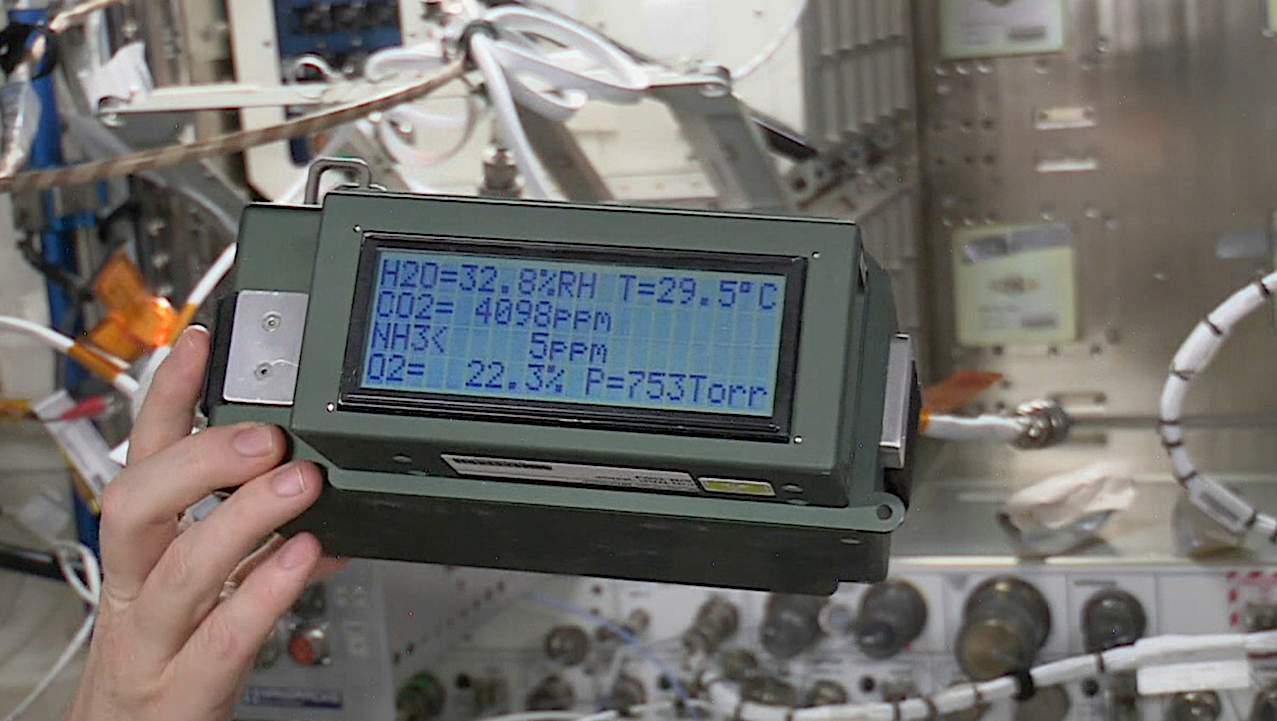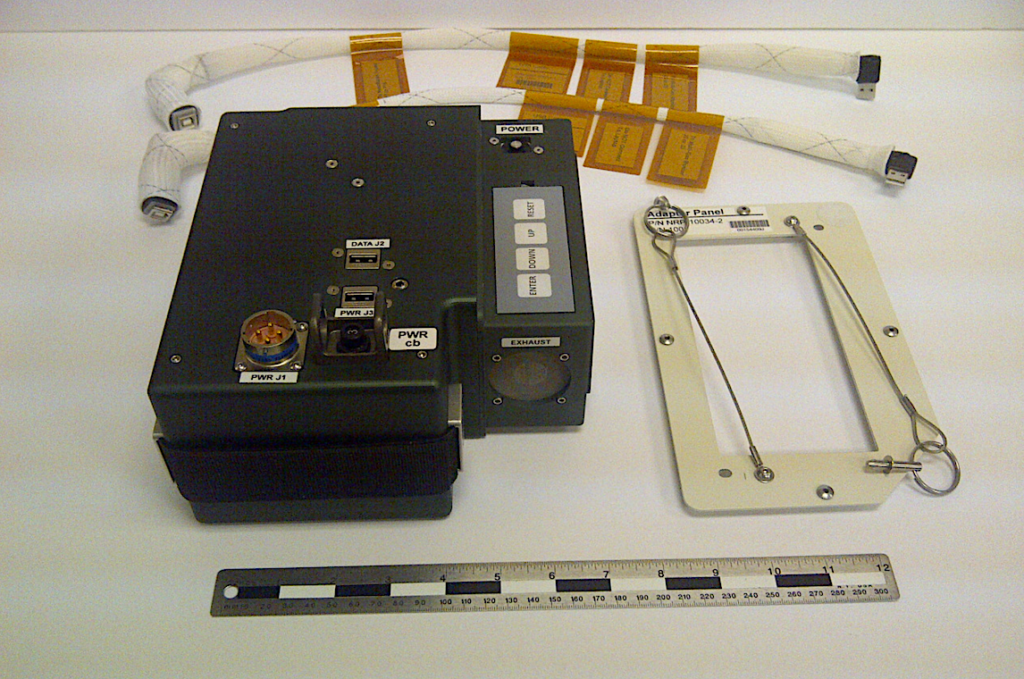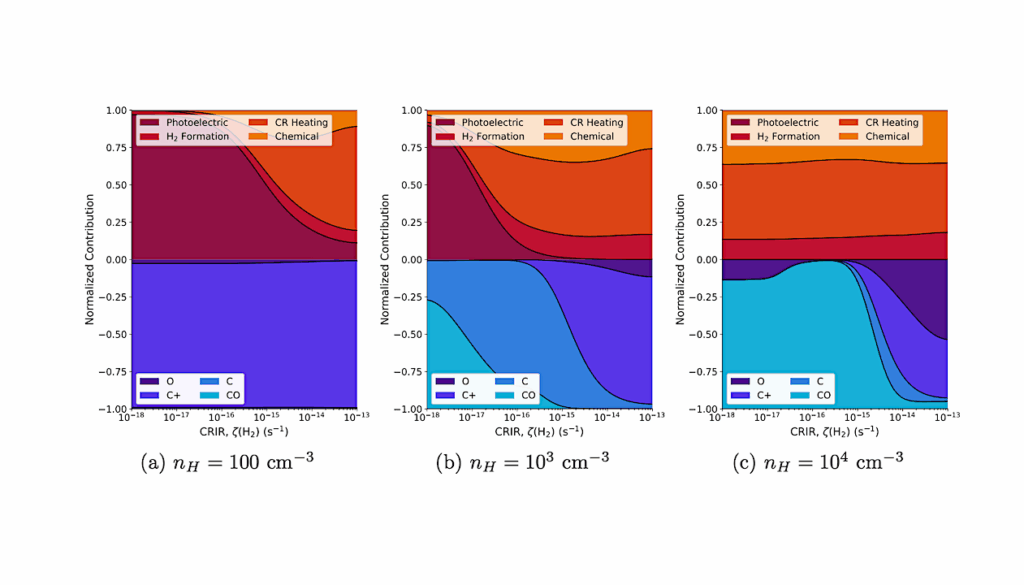Tricorder Tech: Evolution of the NASA Anomaly Gas Analyzer

NASA requires a gas sensor for monitoring a wide variety of species onboard spacecraft. As a major constituents analyzer the device should measure oxygen, carbon dioxide and water vapor with high precision.
As a post-event combustion monitor the device should measure carbon monoxide, hydrogen cyanide, hydrogen chloride and hydrogen fluoride with high sensitivity. As a leak detector the device should measure ammonia and chemical hydrazine with high specificity. The device should be portable, handheld, operate under its own power in a widely variable temperature-pressure-gravity-vibration-radiation environment while reliably reporting gas concentrations as quickly and unambiguously as possible.
Alas, the tricorder!
A two-year technology demonstration of the tunable diode laser based Multi-Gas Monitor (MGM) on the International Space Station (ISS) for major constituents plus ammonia, combined with extensive ground test of detecting combustion evolved gases led NASA to commission Vista Photonics to develop a device to measure all those species plus chemical hydrazine.
Known as the Anomaly Gas Analyzer (AGA) project, the end product will be critical flight hardware for both Orion and the International Space Station. Three AGA engineering development units were delivered to NASA Johnson Space Center and are being subjected to a variety of tests at present.
A device similar to the MGM was recently tested by the US Navy on a submarine. A sea trial of a more capable AGA-like device is in the planning stages. The Navy’s interest in testing NASA equipment is in a planned update to submarine environmental monitoring equipment. Vista Photonics is developing a scalable AGA-based architecture for the Navy that expands the target gases to include formaldehyde, ethylene, nitrous oxide, nitrogen dioxide, R12/R134a Freon, and acrolein. The core technology was developed by Vista Photonics through the Small Business Innovation Research (SBIR) program and expanded using NASA program funding.

Sensor version 4.0, Multi-Gas Monitor. Flight prototype version 4.0 after assembly and integration. The adaptor plate allows for mounting to ISS equipment racks. The sensor can be powered through two USB ports or 28 VDC rack power.
https://ttu-ir.tdl.org/handle/2346/84809
Seeking the Tricorder: Evolution of the NASA Anomaly Gas Analyzer, 49th International Conference on Environmental Systems (open access)
Astrobiology








